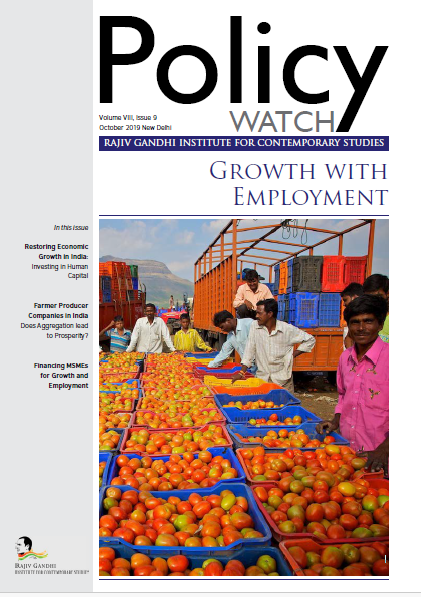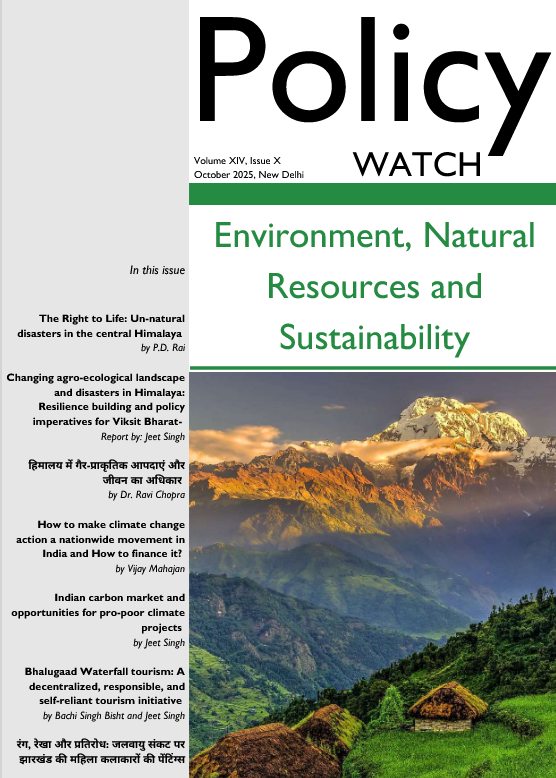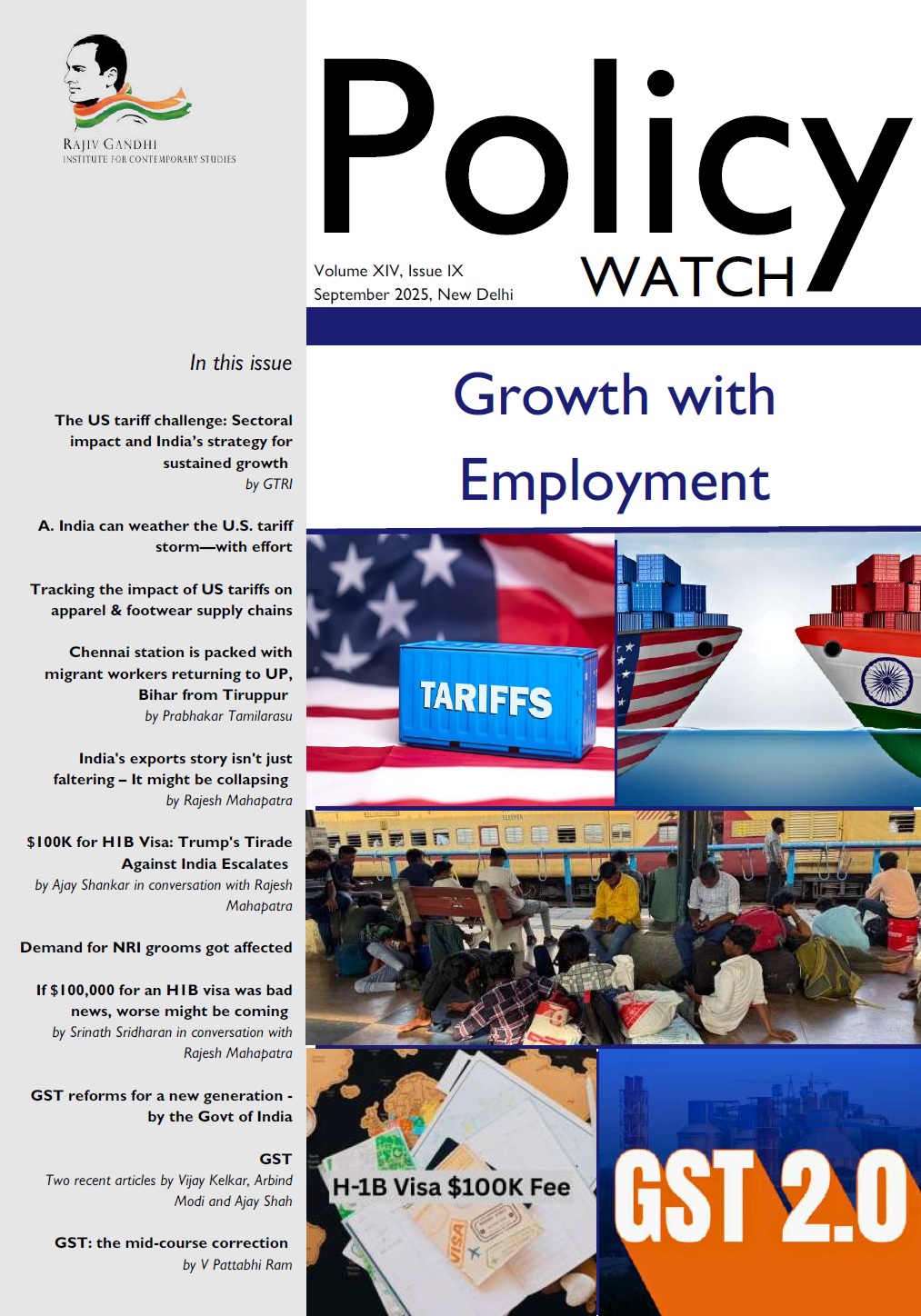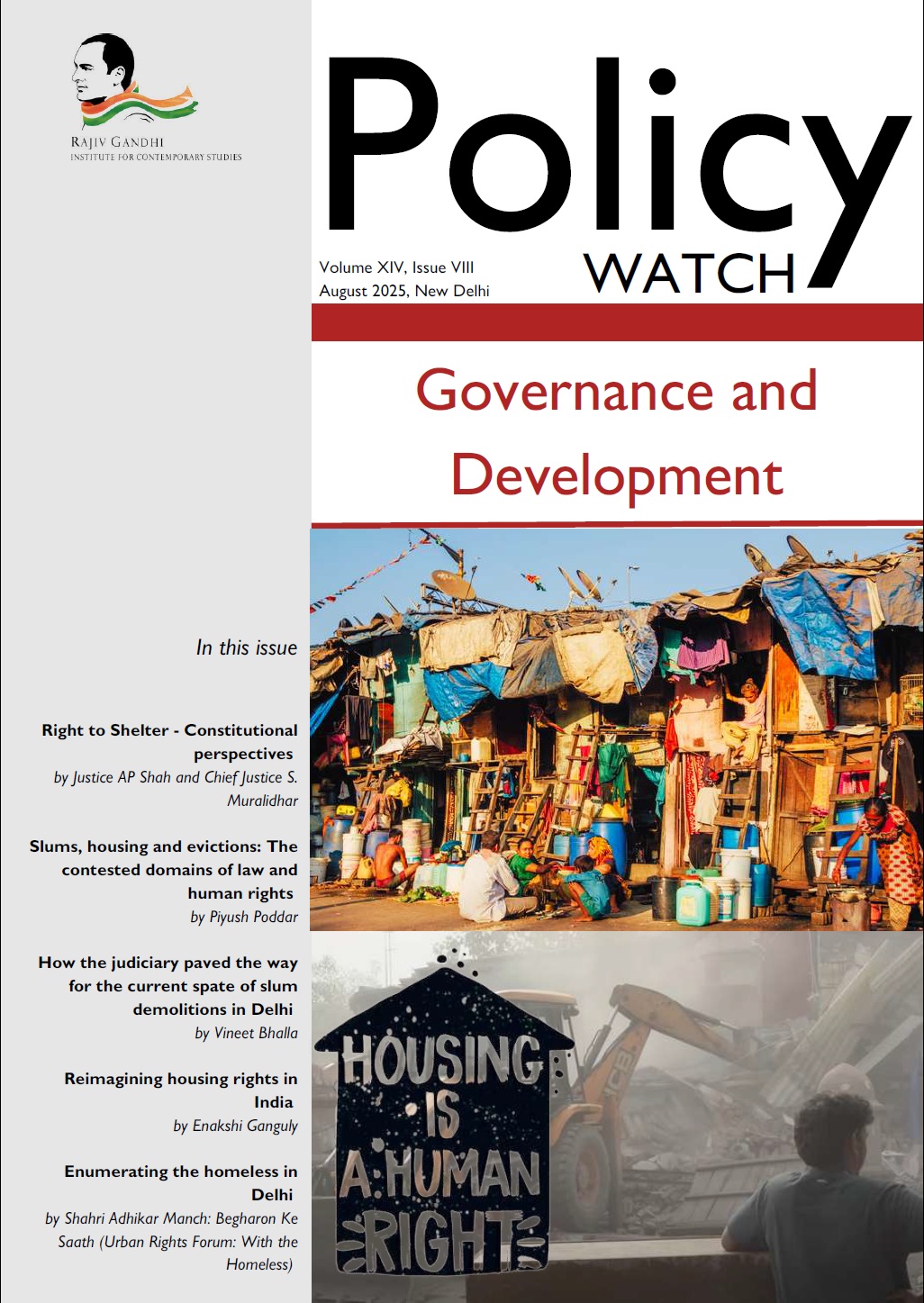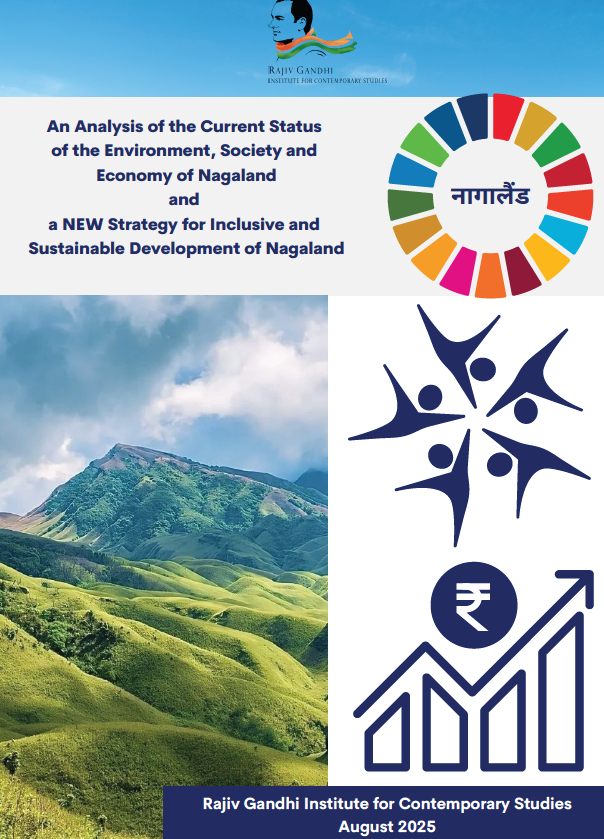This issue is focusing on the theme, Growth with Employment. We are publishing three articles in this issue. The first article gives an overview of the economy—the slowdown in growth and the rise in unemployment—and then argues in favour of investment in human capital, in the form of education, as an urgent solution to the impasse. It highlights that only a small percentage of the population has completed post higher secondary education. There is a large gap in attainment levels in higher education between rural and urban areas: just above 2 per cent of the rural population is educated up to a level higher than secondary, compared with 12 per cent in urban areas. The article ends by offering simple solutions including better quality of primary education; teaching at the right level instead of focusing on completing the syllabus; cash incentives for attendance, especially in the poorest states; improving the quality and the number of teachers; making schools and teachers locally accountable; evaluating, monitoring and publishing performance results for schools; increasing mean years of schooling; better quality of technical education; improving health and nutrition status; and focusing on the weak child.
The second article looks at agriculture—which employs the largest share of the workforce but generates a much lower share of the GDP. The need to stabilise and enhance farmers’ income has been an important concern for policy makers for several years. One of the ways tried has been to organise farmers into producers’ companies and enable them to participate in the full value chain of an agricultural commodity, from input supply to crop cultivation to primary and secondary processing. The experience of hundreds of farmers’ producer companies in several states was discussed in a consultation and this has been reported on in detail in the article.
The third article looks at financing for micro, small and medium enterprises (MSMEs). It highlights the large number of persons employed in the MSME sector—second only to employment in the agriculture sector. As the agriculture sector has a lot of under-employment, the growth of the MSME sector is essential to absorb the excess workforce from agriculture as well as the increments to the workforce every year. One critical factor for growth of the MSME sector is access to financing. The government had recognised this and launched a scheme to provide additional bank loans to MSMEs. The article shows that this scheme has been a limited success, if at all even in credit enhancement, and even less in incremental employment. The article traces the cause of this to a faulty design of the loan products and suggests design improvements including the provision for cash credit in place of term loans and micro-equity in place of loans for startup MSMEs.
Policy Watch: Growth with Employment – October 2019
Send download link to:

